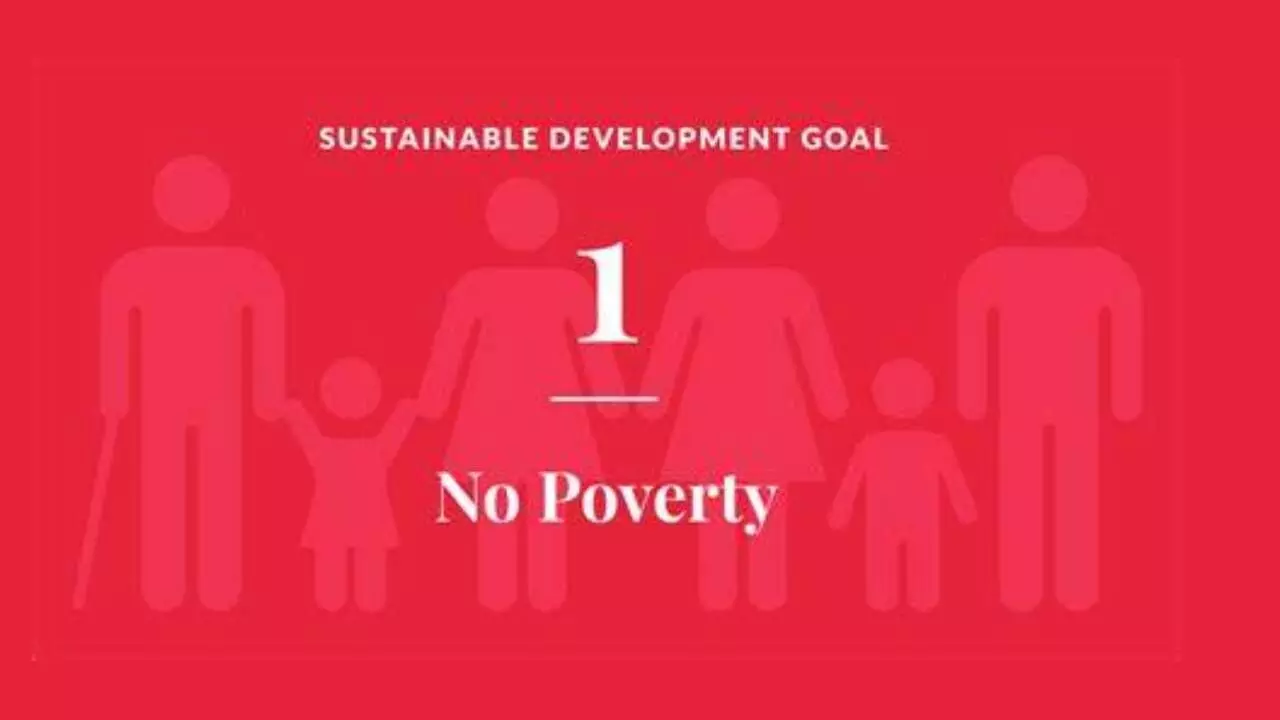Focus should be on eradication of poverty by 2030
The richest 10 per cent today snap up 52 per cent of all income, while the poorest half get just 8.5 per cent, according to IMF projections
image for illustrative purpose

The richest 10 per cent today snap up 52 per cent of all income, while the poorest half get just 8.5 per cent, according to IMF projections. This is particularly prevalent in a country like India where, according to the World Inequality Lab, the share of the top 10 per cent in national income surged 60 per cent in recent years, while that of the bottom 50 per cent remained minimal. Poverty reduction has slowed in recent years amid poor economic growth and shocks like Covid-19, high inflation, increased conflict and fragility. “In many poor settings, poverty rates remain higher than they were five years ago,” says World Bank’s latest estimate. It said that 2020-30 is set to be a “lost decade”, or a period of economic stagnation. While India is poised to surpass Japan this year vis-à-vis GDP, nearly 800 million citizens depend on free rations, while household savings are at historic lows. Nobel Amartya Sen has highlighted the importance of addressing social inequalities and investing in education and healthcare to combat poverty in India and sustain economic development. The World Bank defines poverty using the International Poverty Line, which designates extreme poverty at $2.15 per person per day, while $3.65 falls under the lower-middle income category, and $6.85 is classified as upper-middle income.
Considering the poverty line is set at $3.65, India's contribution constitutes 40 per cent of the slight upward adjustment in the global poverty rate, moving from 23.6 per cent to 24.1 per cent. In spite of exponential economic growth, eradicating poverty has remained the mainstay of Indian politics even decades after independence. Recent data suggests that it has almost eradicated extreme poverty. But who is considered poor? While poverty is traditionally defined as the share of the people below the poverty line, also called the head-count ratio, it may vary depending on the country or region. However, measuring poverty is complex and lies in establishing a poverty threshold. A research study by SBI highlighted that the extreme poverty in the country has reduced to minimal falling below 5 percent in 2024. The Consumption Expenditure Survey found a remarkable decline in rural poverty estimated at 4.86 per cent in FY24 (7.2 per cent in FY23 and 25.7 per cent in FY12), while urban poverty is estimated at 4.09 per cent (4.6 per cent in FY23 and 13.7 per cent in 2011-12), the report said.
Experts recommend tax cuts and better fiscal policies. “Tax rationalisation is necessary to widen the base beyond the current two per cent level. It will propel markets, boost consumption, and encourage growth.” The report titled ‘Poverty, Prosperity and Planet: Pathways out of the Polycrisis’ stays extreme poverty eradication will take longer than the originally targetted 2030. It highlighted that extreme poverty in India was already projected to fall below three per cent by the end of this decade, so India’s contribution to global extreme poverty is projected to decline significantly over the next decade. MGNREGA can provide social protection to the most vulnerable people living in rural India by providing employment opportunities. Livelihood security for the poor through creation of durable assets, improved water security, soil conservation and higher land productivity, remain equally paramount.

